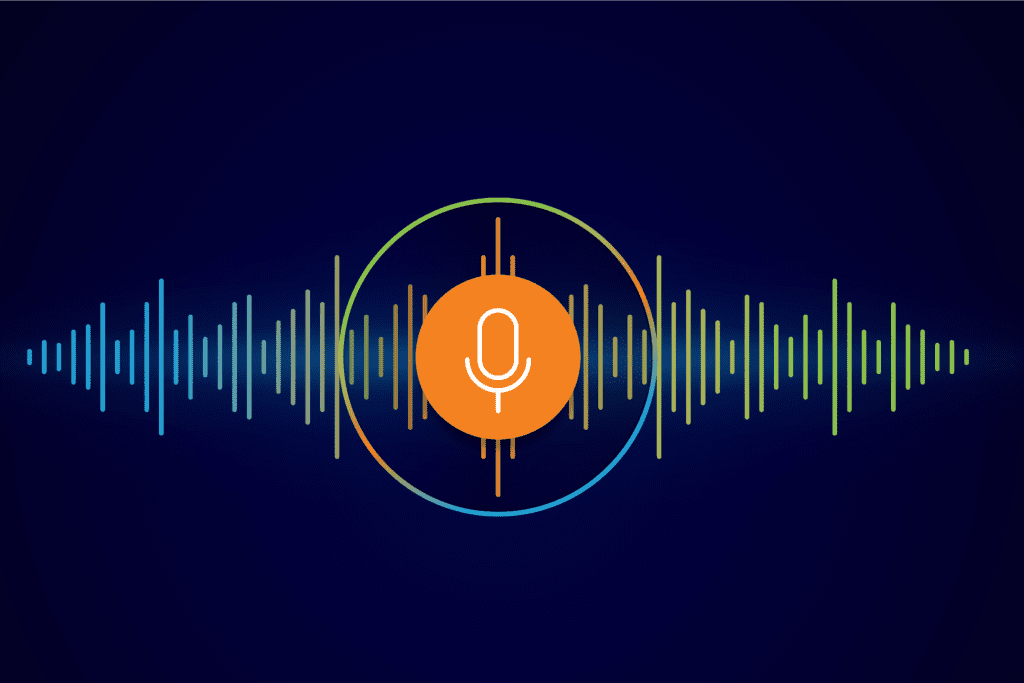Speech analytics is rapidly becoming one of the most important components of a Workforce Optimization (WFO) solution. Speech analytics technology has been around for a very long time, but only recently has it reached the performance and cost necessary for mainstream adoption. It has found its way into many contact center applications, and is poised to become a commonly used tool beyond the contact center and in more general enterprise applications.
There are three reasons that speech analytics is taking a prominent place in many Workforce Optimization (WFO) solutions:
- Customer service measurement
- Risk mitigation
- Agent performance assessment
Measure Customer Service
Contact centers are at the heart of providing exceptional customer service. Ongoing measurement of customer satisfaction and loyalty is a critical piece of a company’s brand promise. This cannot be limited to the company’s social media presence, or survey responses, but must also include monitoring customer sentiment and feedback during interactions with contact center agents.
The amount of time a customer spends with service, support or sales personnel often exceeds the amount of time spent on websites or other corporate presences. Measuring customer service using speech analytics is vital to achieving customer experience goals.
Mitigate Risk
Speech analytics is seeing heightened use in the contact center due to the increasing risk from the variety of regulations that so many contact centers now face. Privacy and regulatory requirements are more common, and contact center operations staff need to navigate agents through a maze of conditions and scripts.
The stakes are higher today due to the complexity of the requirements and the risk of penalties from non-compliance. Speech analytics provides the only practical means to audit all situations by providing searchable transcripts to measure and examine the various “mini-mirandas” that agents are required to use. Speech analytics not only mitigates the risk, it also provides a pragmatic method of training and monitoring that can add value from a liability standpoint.
Assess Agent Performance
Speech analytics is also deployed to measure agent performance. This technology allows Quality Assurance (QA) departments to scan more calls and use automation to monitor many of the more rote aspects of required soft skills, such as proper introduction, call transfer handling, etc. This allows Supervisors and QA personnel the opportunity to focus on higher-value soft skills that move agents up the ladder of skill and confidence. In today’s world, that’s critical. Contact center agents want more from their employers; they don’t want to just perform, they want to thrive.
It’s likely that yesterday’s coaching and motivation methods – walking the floor, team meetings, weekly one-on-ones – aren’t cutting it the way they did when agents were on premise. Different environments call for different tools. Speech analytics gives you the agent performance data you need, when you need it – while you can still do something about it.
Download the Speech Analytics White Paper

The use of speech analytics is having a huge impact on contact centers, and will eventually change the enterprise workforce in a similar manner.
To learn more about how speech analytics can be used to complement traditional QA in the contact center, download our white paper, Blending Speech Analytics with Traditional Quality Management.

